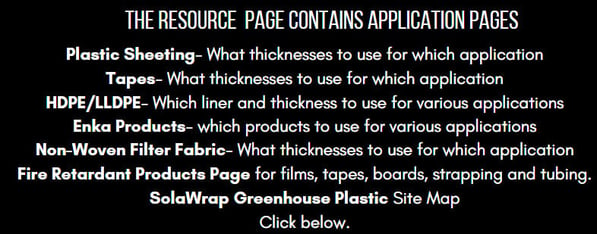Polypropylene vs Polyethylene
We get asked, which is better, polypropylene or polyethylene. It is not a matter of better- it's more a matter of- what is your application? What are you trying to do? Both plastics are considered commodity plastics. These are plastics that are used in high volume for a wide range of application. Plastics that compose commodity plastic are polystyrene, polyvinyl chloride. poly(methl methacrylate), polyethylene and polypropylene. A step up from commodity plastics are engineered plastics which are specialized plastics that are more expensive and are used for low-volume applications.
Both Polypropylene and polyethylene are a form of plastic- a plastic material known as a polymer. Their molecular structure looks similar with carbons and hydrogen molecules- but then the differences arise.
Let's compare some of the properties of each.
Mechanical Properties:
The density of polypropylene (PP) is between 0.895 and 0.92 g.cm. The density of polyethylene can vary from a low of 0.857 g/cm3 and to a maximum of 0.0975 gm/cm3. As you can see, PP has the lowest density. Polyethylene is further broken down into weights or densities which is done so the plastic can serve a more specific purpose. This is done during manufacturing.
The categories of Polyethylene are as follows. (To learn more, see Wikipedia.)
- Ultra-high-molecular-weight polyethylene (UHMWPE) is tough and resistant to chemicals. It is used to manufacture moving machine parts, bearings, gears, artificial joints and some bulletproof vests.
- High-density polyethylene (HDPE), recyclable plastic no. 2, is commonly used as milk jugs, liquid laundry detergent bottles, outdoor furniture, margarine tubs, portable gasoline cans, drinking water distribution systems, water drainage pipes, and grocery bags.
- Medium-density polyethylene (MDPE) is used for packaging film, sacks and gas pipes and fittings.
- Low-density polyethylene (LDPE) is flexible and is used in the manufacture of squeeze bottles, milk jug caps, retail store bags and linear low-density polyethylene (LLDPE) as stretch wrap in transporting and handling boxes of durable goods, and as the common household food covering.
Polypropylene which is normally tough and flexible can have its density altered with the additon of fillers.
Chemical Properties:
PP is resistant to fats and almost all organic solvents when it is at room temperature. It can with-stand non-oxidizing acids and bases in containers made from polypropylene. Contrast this to polyethylene which is more chemically resistant.
Polyethylene consists of non polar, saturated, high molecular weight hydrocarbons. Therefore, its chemical behavior is similar to wax or paraffin. The individual macro molecules are not covalently linked. Overall polyethylene is partially crystalline. Higher crystallinity increases density and mechanical and chemical stability.
Optical Properties:
PP can be made translucent when uncolored but it's not as transparent as acrylic or other plastic. Often colored pigments are added.
PE on the other hand can vary between almost clear, milky-opaque or opaque. The color is dependent on the thermal history and film thickness. LLDPE is the most optically clear with HDPE being the least opaque.
Uses of Polypropylene and Polyethylene:
Every day we have contact with PP or PE. Polypropylene is used to make bottles, hinges, packaging materials, parts for automobiles, clear bags, ropes, rugs, roofing membranes, geotextiles, erosion control mats and so much more.
Polyethylene is vastly used in packaging (plastic bags, Plastic films. geomembranes and plastic sheeting to protect the environment to construction projects.
Both Polypropylene and Polyethylene play a huge role in the world as we know it today.






